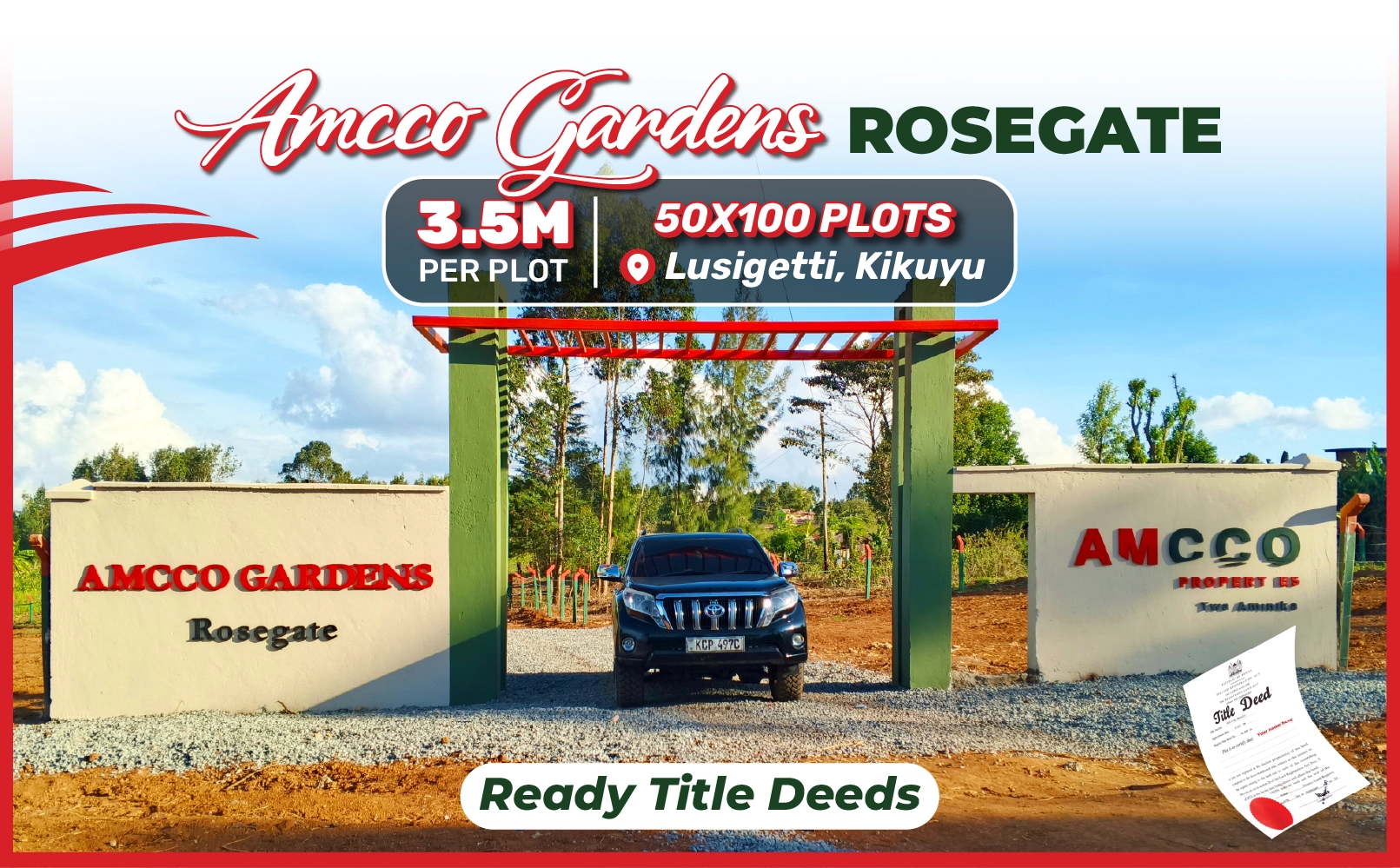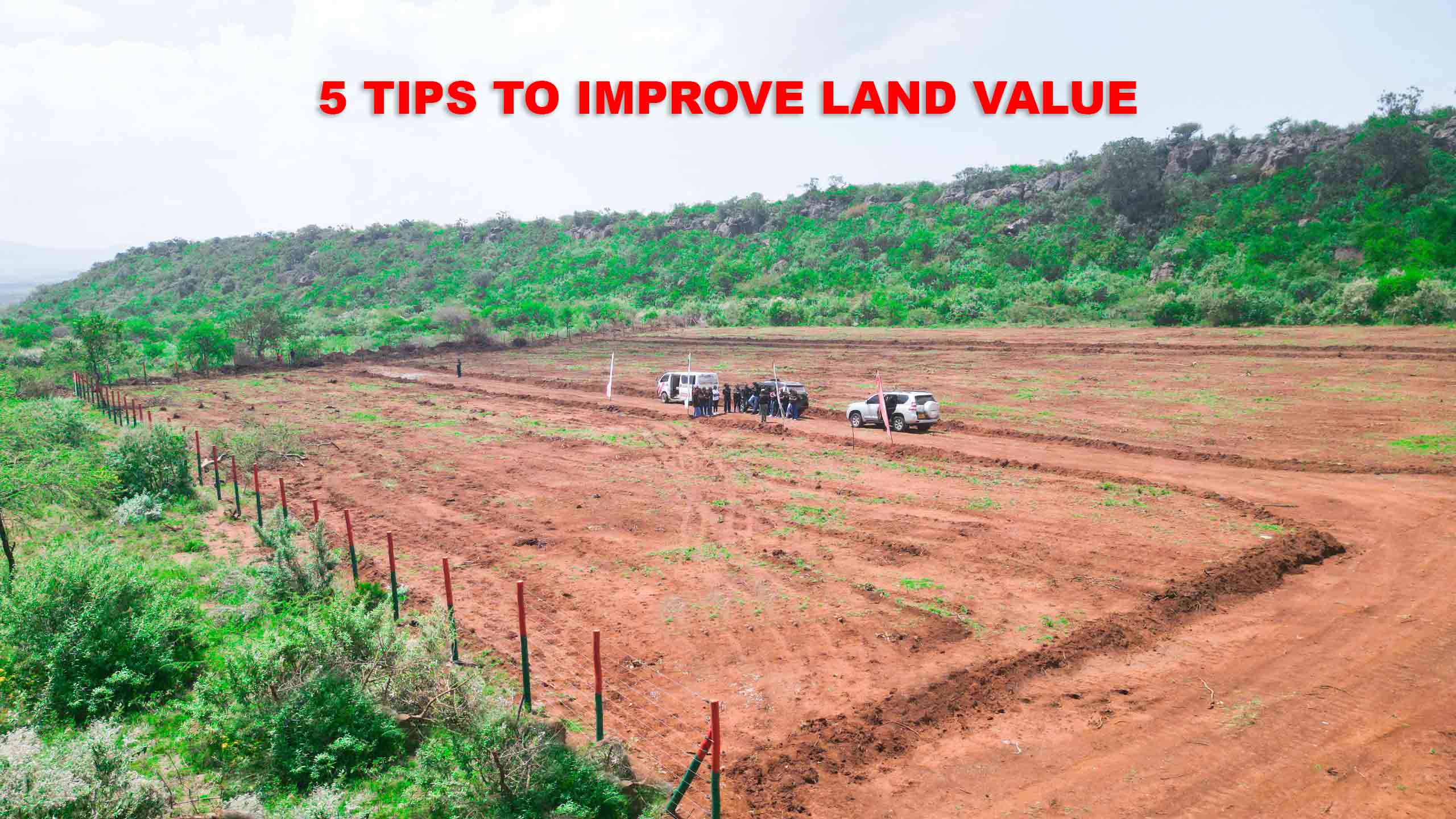7 Ways To Resolve Land Boundary Disputes In Kenya
A land boundary dispute is a legal conflict between two parties over the ownership or use of a piece of land.
If it happens that your neighbor has erected a fence that encroaches on your land or garden, Perhaps their trees or hedges are spreading onto your property? Or maybe they have built an extension that has strayed across your boundary? then you should consider addressing it with them.
There are different ways to resolve land boundary disputes, depending on the situation and the relationship between the parties involved. Some of the common methods are:
Know Your boundaries
Start by checking your deeds. Many property plans are also available via the land registry.
The most important document available to you is the original conveyance that created the boundary in the first place.
However, this still needs to be interpreted legally; this is something we can help you with. Ideally, you should also compare your documents with any held by your neighbor, in case there are discrepancies.
Negotiation
This is basically a dialogue held between two or more people or parties intended to reach a beneficial outcome over one or more issues where a conflict exists.
And in this case, it is about land conflict, so try as much as possible to talk to your neighbor and reach an amicable agreement based on the available evidence, such as the title deeds, land surveys, or even witnesses.
It is definitely possible that the two of you can come to a common understanding.
It’s quite possible that your neighbor may not have realized, but after that talk and conversation, the disagreement could end there.
Alternative Dispute Resolution (ADR)
This is a process in which a neutral third party helps parties who are in a dispute come to a common agreement without necessarily involving litigation.
This method regroups all processes and techniques of conflict resolution that occur outside of any governmental authority.
This usually applies If the two of you can’t come to an agreement with your neighbor. There are three main ways you can settle a boundary dispute before it goes to court.
Mediation
This is when a neutral third party helps both sides negotiate and reach a settlement. It is usually held at a neutral venue.
Mediators are individuals trained in negotiations who bring opposing parties together and attempt to work out a settlement or agreement that both parties accept or reject.
Binding Evaluation
Both parties can decide to hire a neutral expert to evaluate and determine the outcome of their dispute. It is better when Evaluations get to be conducted ‘on site’, as this allows the expert to point out relevant features of the land.
A non-binding evaluation
This is essentially the same process, but neither party agrees to make the expert’s decision binding.
One advantage of a non-binding evaluation is that it can suggest a likely outcome if the case were to be taken to court.
Litigation
This involves taking legal action or settling a dispute in a court of law.
This can be done by applying to the land registry or the court to have the boundary determined legally and enforced.
Which can entirely determine hiring a surveyor, an appraiser, or a lawyer to provide expert evidence.
Serious title defects may require a judge to clear them up. A court will sort through the arguments, the factual evidence, and your state’s law to come up with a resolution.
Although this is usually the last option preferred because Lawsuits are long, stressful, and expensive, They can make neighbors long-term relationships extremely negative.





